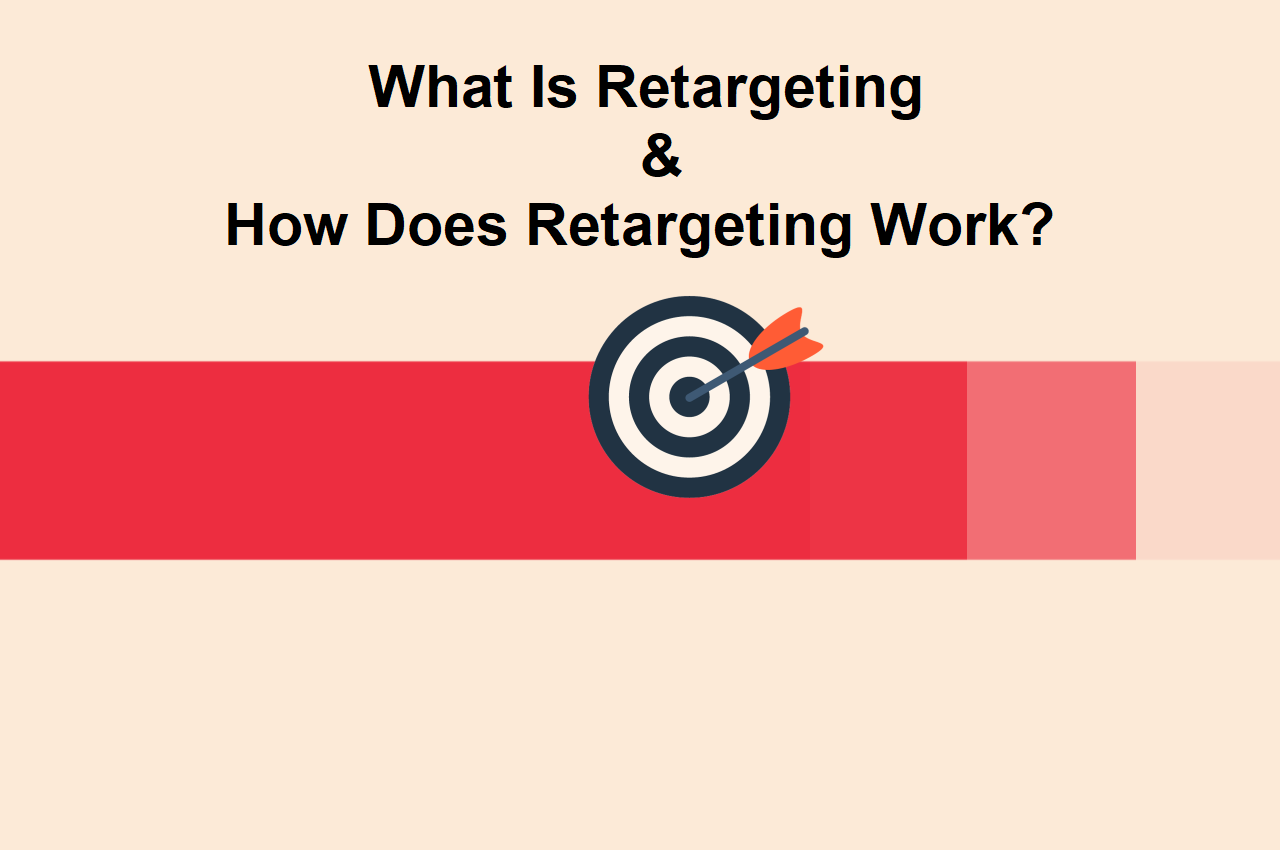What Is Retargeting & How Does Retargeting Work?
Retargeting, also known as remarketing, is a digital marketing strategy that involves targeting and re-engaging users who have previously interacted with a brand’s website, app, or other digital content. The primary goal of retargeting is to bring back visitors who did not complete a desired action, such as making a purchase or filling out a form, during their initial visit.
I. Introduction to Retargeting
A. Definition of Retargeting
Retargeting, also known as remarketing, is a digital advertising strategy that involves targeting users who have previously interacted with a brand’s website or mobile app. This guide delves into the intricacies of retargeting, exploring its significance and operational mechanisms.
B. Evolution of Retargeting
Tracing the evolution of retargeting from its inception to its current role as a fundamental component of digital advertising.
II. Fundamentals of Retargeting
A. Core Concepts
- User Tracking: Explaining how user interactions are tracked across websites and platforms.
- Pixel Implementation: The role of pixels in collecting data for retargeting purposes.
- Cookie Technology: Understanding the use of cookies in storing user data.
B. Types of Retargeting
- Site Retargeting: Targeting users who visited a specific website.
- Email Retargeting: Engaging users through personalized email campaigns.
- Search Retargeting: Targeting users based on their search behavior.
III. How Retargeting Works
A. The User Journey
- Initial Interaction: Understanding the user’s first interaction with a website.
- Cookie Placement: Placing retargeting pixels during the initial visit.
- Ad Display Trigger: Initiating ad display when the user visits other websites.
B. Dynamic Retargeting
- Product-Specific Targeting: Displaying ads for products the user viewed.
- Personalized Content: Tailoring ad content based on user behavior.
IV. Implementing Retargeting Campaigns
A. Setting Campaign Objectives
- Re-engagement Goals: Encouraging users to return to the website.
- Conversion Optimization: Driving conversions through targeted campaigns.
B. Platforms and Tools
- Google Ads Remarketing: Utilizing Google’s platform for retargeting campaigns.
- Facebook Pixel: Leveraging Facebook’s pixel for social media retargeting.
V. Best Practices for Successful Retargeting
A. Ad Content Strategies
- Compelling Creatives: Designing visually appealing and relevant ads.
- Limited Frequency: Avoiding ad fatigue by controlling ad exposure.
B. Segmentation and Personalization
- Segmenting Audiences: Tailoring campaigns based on user segments.
- Dynamic Ad Customization: Implementing dynamic content for personalized experiences.
VI. Measuring Retargeting Success
A. Key Performance Indicators (KPIs)
- Click-Through Rate (CTR): Measuring ad engagement.
- Conversion Rate: Evaluating the effectiveness of retargeting in driving conversions.
B. Analytics and Insights
- Attribution Models: Determining the impact of retargeting on the user’s journey.
- A/B Testing: Optimizing campaigns through systematic testing.
VII. Overcoming Challenges in Retargeting
A. Ad Fatigue
- Ad Variation Strategies: Rotating ad creatives to prevent fatigue.
- Frequency Caps: Limiting the number of times an ad is shown to a user.
B. Privacy Concerns
- Compliance with Regulations: Adhering to data protection laws.
- Transparent Communication: Informing users about retargeting practices.
VIII. Future Trends in Retargeting
A. Advanced Technologies
- AI and Machine Learning: Enhancing retargeting through predictive analytics.
- Augmented Reality (AR) Integration: Innovations in immersive advertising.
B. Ethical Considerations
- User Consent and Transparency: Shaping ethical retargeting practices.
- Balancing Personalization and Privacy: Striking a delicate balance for user trust.
IX. Conclusion
A. Recapitulation
Summarizing the key concepts covered in the guide and emphasizing the role of retargeting in modern digital advertising.
B. Looking Ahead
Acknowledging the evolving landscape of retargeting and the continuous need for adaptation in the dynamic digital marketing realm.
C. Final Thoughts
Closing thoughts on the enduring relevance and effectiveness of retargeting as a powerful tool for re-engaging users and driving conversions in the ever-evolving digital ecosystem.


